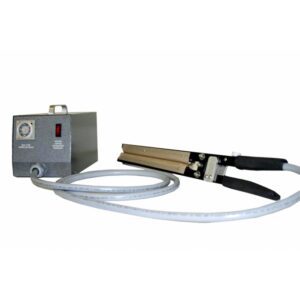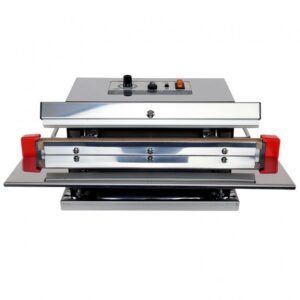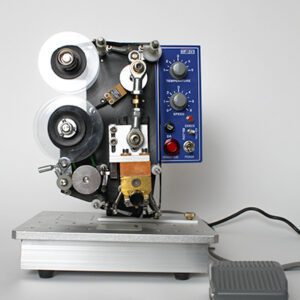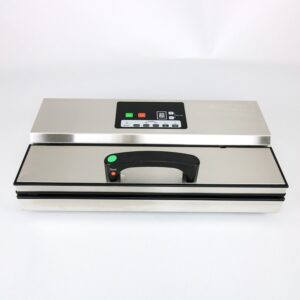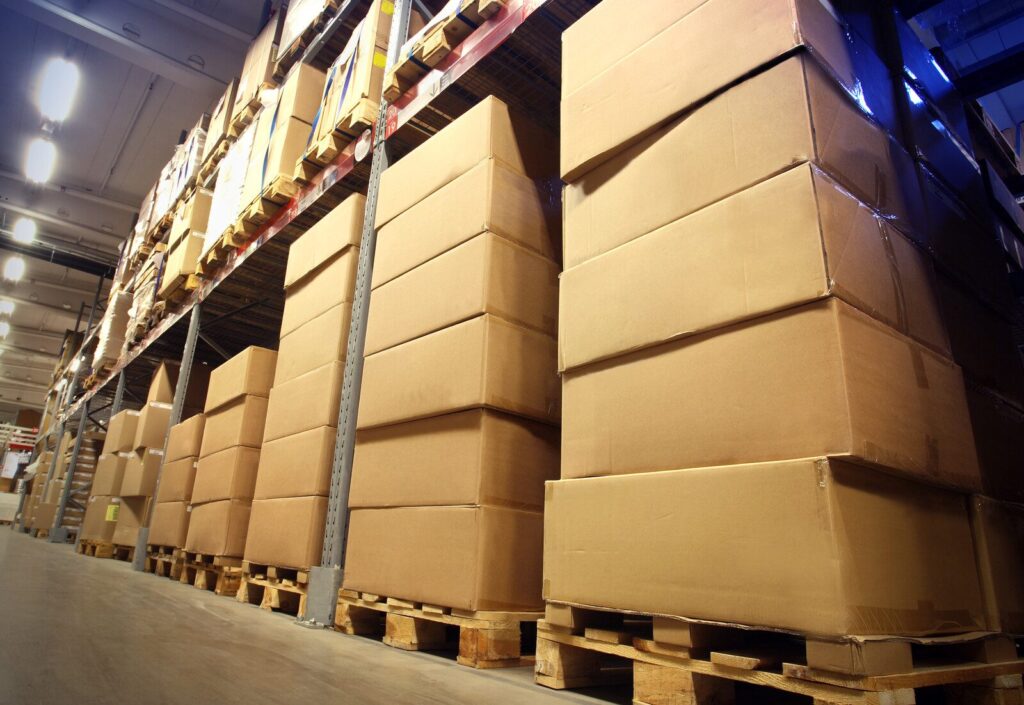
Texas Technologies
FAQs
You can seal polyethylene, polypropylene, nylon, Tyvek, craft Paper with foil lining, craft Paper with plastic lining, FEP, Aclar and foil laminates.
You cannot seal denim, vinyl, cellophane or fiberglass.
An impulse heater uses a temperature spike governed by time (“heat time”) followed by a cool down period (“cool time”) during which the seal jaws remain closed. This cool down period allows the molten plastic in the seal area to cool and reset under pressure providing consistent maximum seal properties. The bond that is created during the “cool time” produces a strong seal with excellent visual appearance.
A vacuum seal is used to prevent moisture contamination, extend shelf life and/or minimize storage space.
A MAP nitrogen purge is used to improve the shelf life of certain items, such as fresh foods or coffee. Electronics and chemicals may also benefit from this process because flushing the bag with nitrogen removes moisture and harmful vapors from the bag, decreasing product exposure to corrosion.
A clean, dry air supply is necessary to maintain the warranty and protect the function of the pneumatic systems within the sealer. Air that is not clean and dry can contaminate and damage vital parts of your heat sealing machine.
A barrier bag contains non-permeable materials such as nylon or metal foil.
Polyethylene and polypropylene are porous materials that allow oxygen and moisture to re-enter the bag over time.
Yes. recommends an external source capable of supplying up to 100 psi pressure to ensure sufficient sealing operation. If you intend to use vacuum as part of your sealing process, we recommend the source be capable of providing between 5 -10 SCFM flow. For recommendations relating to specific models, please contact one of our sales representatives.
can arrange for the initial calibration and annual calibration of our medical heat sealing machines, Models 8000, 830, 730, 6300, 5300/5400, 6400CH and HDMP-TC. uses an independent metrology company that is ISO certified for all calibrations.
To help ensure the best quality seals, requests that you send sample pouch or bag materials to us for testing. Most manufacturers will provide temperatures for sealing each film, and this provides a good starting point for the heat or time. We generally recommend starting with a heat time of two seconds at 200o F and a cool time two to three times the heat time.
Featured Products
Have Questions?
For general inquiries about our products, please feel free to contact us. You can also contact us regarding specific product needs, technical questions, or spare parts.

